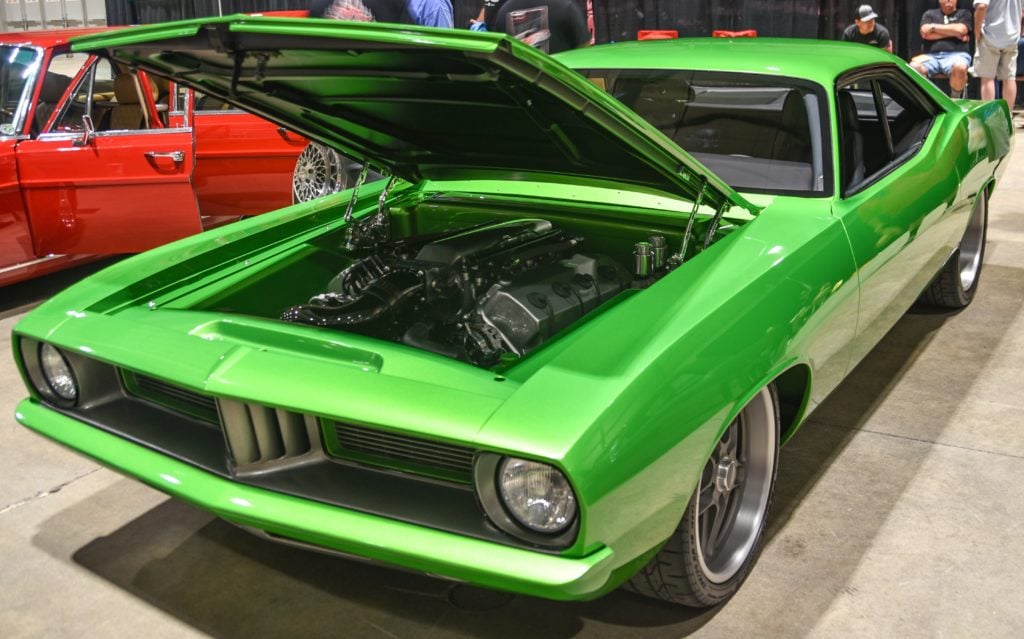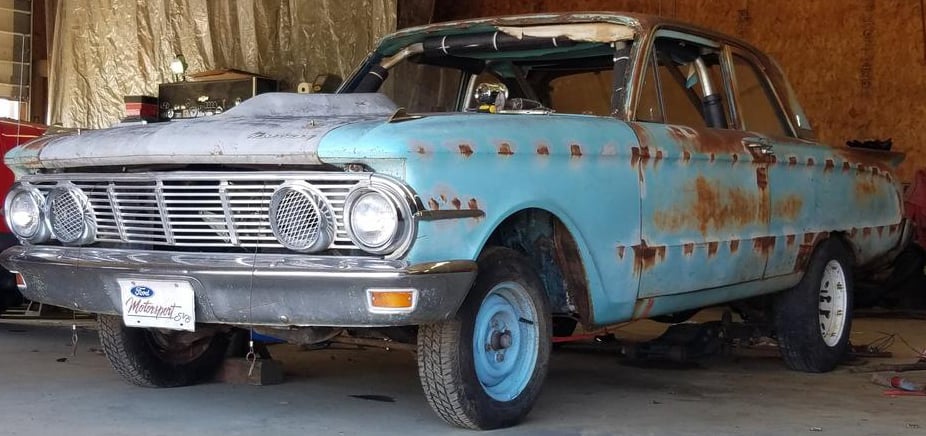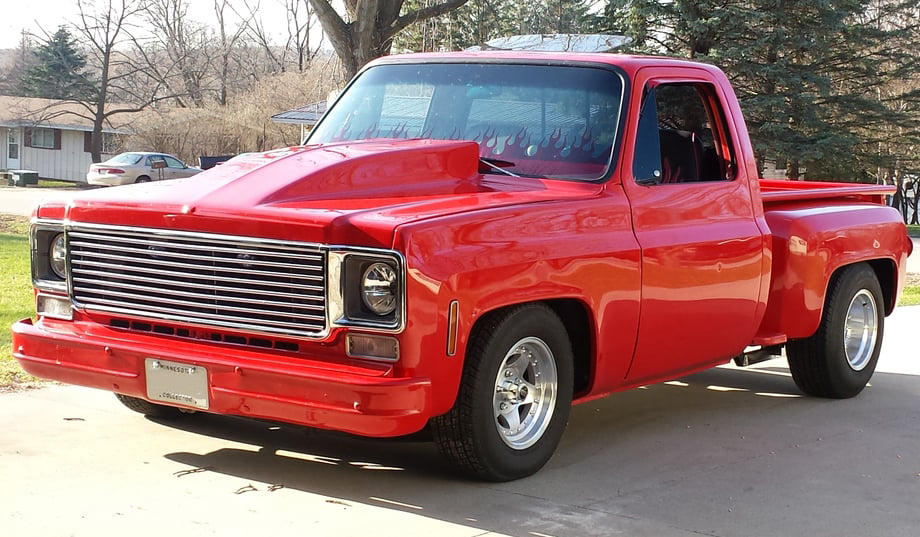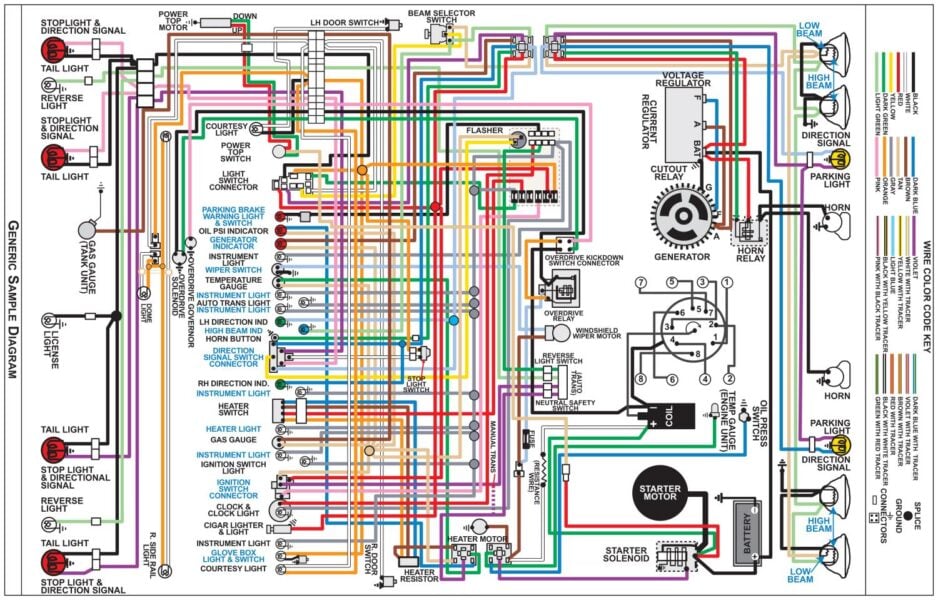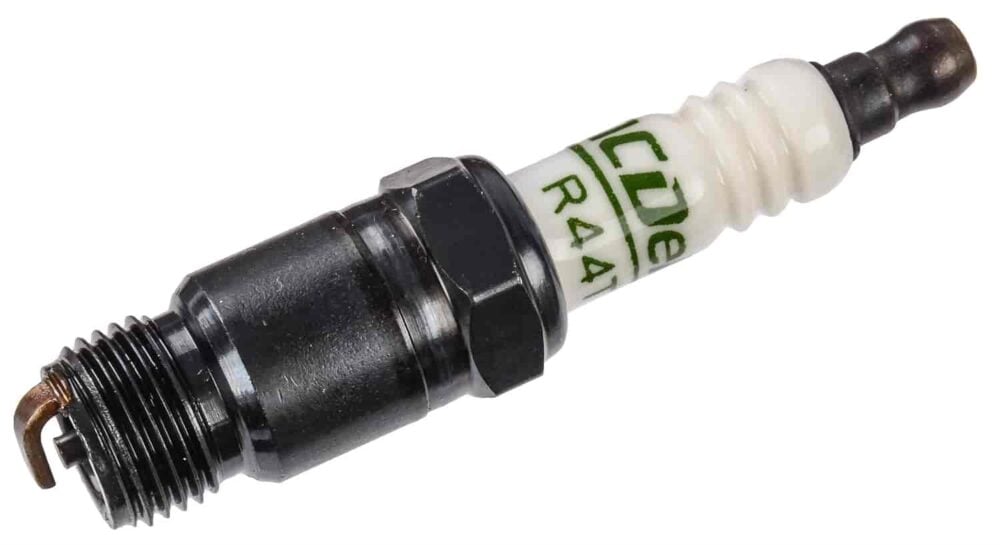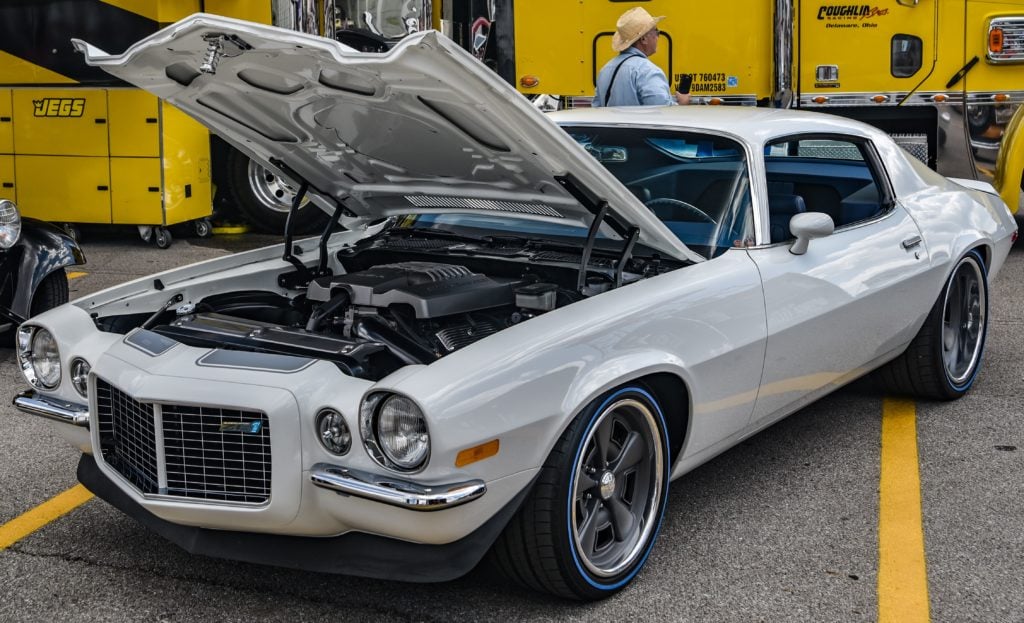
The idea of restoring a vintage car and bringing it back to its former glory is exciting, but sometimes it just isn’t worth it. Whether the cost of restoration exceeds the value of the car or the car is deteriorated too much to be restored, there are many reasons why one might deem a car unable to be restored. Here’s how to tell if a car is worth restoring or if it’s simply a waste of money and time.
Cost of Restoration
Before you start a restoration project, you’ll want to estimate how much does it cost to restore a car and then add at least 10% on top of that just to be sure, since unforeseen costs are bound to arise sooner or later. It’s better to have some leftover money at the end of your project than not being able to finish it due to funding issues.
Start by going over the car and estimating how much work a full restoration will require. If you’re not that experienced, you might want to get a restoration expert on the case as they’ll be able to more accurately gauge the car’s condition and the amount of work required to fix it.
Check the exterior first and look for any rust spots. Rusty flakes in the paint are totally fine since they can be sanded off and repainted, but actual rust buildup will usually be accompanied by holes that need to be cleaned and welded. Check the underside of the vehicle and the wheel arches since that’s where rust usually reveals itself first. Make sure to go over any creases and edges as well, such as the trunk lid liner and the edges of the doors.
If your car has a body-on-frame construction, check the frame for any rust. If the frame is too rusted, it might need to be scrapped since it’s an integral part of the vehicle and it might be a safety hazard. Lightly rusted vehicles can be sanitized relatively easily by a competent body shop.
Once you’ve done all of that, go over the engine bay and check the condition of the engine and the transmission. If they’re in working condition you might be able to simply freshening them up and avoid buying a new powertrain which will set you back significantly more.
You can now go over the interior and check the state of the seats, the dashboard, the instruments, and the headliner. If the seats themselves are in decent shape, you can have them reupholstered and reuse them later on.
A full restoration of a classic vintage car that’s not in working condition might cost you anywhere between $30,000 and $70,000, depending on the car make and model, as well as the quality of the restoration being performed. Obviously, a running car without any rust will be much easier to restore since it’ll require only minor touch-ups.
The simplest classic car restoration projects can cost less than $10,000 if you’re willing to restore the car yourself and have plenty of spare time to finish the project. A SEMA-worthy classic car might have set their owner back more than $200,000 to restore, but that’s obviously an exception and not the norm.

Monetary Value of The Car
Ultimately, what decides if a car is worth restoring is the end monetary value of the vehicle itself. If the cost of restoration far exceeds the fully restored value of the car, then restoring it to flip it around and make profit makes no logical sense. Some cars are simply too rare and expensive to fix due to the lack of parts available for them as well as the experience needed to restore them.
Generally speaking, the best cars to restore are popular classic cars such as the Mustang and the Camaro since you can find plenty of spare parts for them and, ultimately, they’re always in high demand. Restoring an ultra-rare vintage car might not be worth it simply because demand for it might be really low and you’ll need to find that one buyer interested in it who’s willing to pay your asking price.
A good idea is to look at the used car market and see what your specific model goes for, both restored and unrestored. If you think you can restore it for less than the average price cars similar to yours sell for, then that right there is your profit margin.
Personal Value
You can rationalize and explain things to yourself as much as you want, but at the end of the day, some cars are invaluable simply because of the memories associated with them or the sentimental value they hold. Whether it’s a car that was handed down to you from your father or a car that you’ve had since you were a teenager, sometimes classic car restoration projects are not about making a profit but restoring something you truly love and care for.
A car’s real value is the personal value you give it, especially if you never intend on selling it and you’re only keeping it for sentimental reasons. On top of that, with the way the market has been recently and the inevitable move to EVs, who knows what the future holds. Your car might double or triple in value in the next several decades, or it might remain the same, though you can never know for certain. Unless you’re restoring and flipping cars for a living, you should choose a car you love to restore and enjoy it while you can. If you’re looking for quality restoration parts for your car, JEGS has you covered. From axles and batteries to crate engines and transmission, you can find practically everything you need at JEGS. Whether you’re looking for exterior restoration or interior restoration components, JEGS is your one-stop shop for all your vintage and classic car-related needs.
